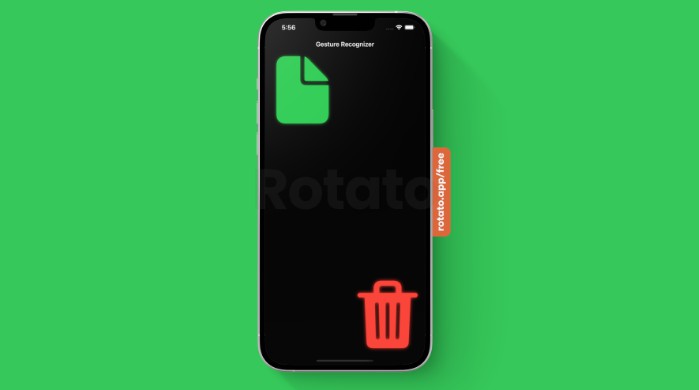Nutrition Facts Classifier
A Swift framework that classifies Nutrition Label features from recognized text observations extracted using the Vision framework.
Releases
0.0.117
Failing Test
- Test Case: C132B648-8974-457A-8EE6-824688D901EA
- Attribute:
.protein.value2 - Expected:
4.3g - Observation:
43g
Possible Heuristic
- Add a heuristic at the end of getting all the nutrients that
- First determines whether
value1orvalue2is larger (by checking what the majority of the rows return) - Goes through each nutrient row and make sure
value2is<or>value1depending on what was determined - If it fails this check
- First if we have a 2-digit
IntValueforvalue2orvalue1- See if placing a decimal place in between the numbers satisfies the comparison condition.
- If it does, correct the value to this
- As a fallback
- Get the average ratio between all the valid rows (ie. that satisfy the comparison condition)
- Now apply this ratio to the incorrect observations to correct the values.
- First if we have a 2-digit
- First determines whether
Changes
- A post-extraction heuristic was added specifically to cater for this test case.
- The heuristic first determines which column has the smaller value (by checking what most nutrient observations demonstrate)
- An assumption is then made that the smaller column is correct (as we’re correcting for the decimal place missing)
- We then filter out the invalid nutrient observations (which have the incorrect smaller value), and for each of these we:
- Determine if we have a 2-digit Integer for the larger value
- If so, place a decimal place between the digits to form a smaller value
- Check if this number now makes this value smaller than its counterpart
- If it does, assigning this corrected value to the observation.
Future Work
- A note-worthy and arbitrary assumption we’re making here is that smaller column always holds the correctly recognized
Value.- However, what if it were the smaller column that needed to be increased instead?
- Keep in mind that this is less probable than the assumption we’re making—as a misread is more likely to result in the decimal place being removed as opposed to additional incorrect digits being recognized.
- We may want to fix this at a later point in the future if we do encounter cases where the larger column is correctly recognized one, by doing something like:
- Using the macro and energy observations to determine which column is in fact correct (by seeing which one is closest to being equal once plugged into the equation)
- This would however, have the sidefect of us only being able to correct macro and energy observations, unless we discover a heuristic that can determine which column of a micronutrient is valid.
- Using the macro and energy observations to determine which column is in fact correct (by seeing which one is closest to being equal once plugged into the equation)
- However, what if it were the smaller column that needed to be increased instead?
- We’re currently only correcting the values that are 2-digit integers by the addition of a decimal place to the middle of it (which may still not satisfy the condition).
- It would be worthwhile to add a fallback that calculates the average ratio between the correct values in both columns, and uses that to extrapolate what the correct value should be.
- We could also wait till the headers have been observed, and if we have serving information there (or in tandem with the
servingdata—use those values to deterministically calculate what the values should in fact be)
- We’re also completely disregarding the other candidates that might be available for the
RecognizedText.- It would be ideal to initially check if we have an alternative candidates that, when used, suffice the comparison condition we are after—and if so, use that as the correction instead.
0.0.118 (Haribo Label)
- Heuristic to see if there’s another line below the attribute that matches it (especially for multi-lingual multi-line cases), and finding the inline elements to the combined box.
- Make sure all multi lingual versions of attribute names are included
- Fill in missing column values by determining ratio, between:
- header values, if serving exists
- otherwise get the average of other two column values
- Make sure multi line/lingual “perServing” column headers are also read to grab as much information as possible
- Try extract serving equivalent size that may be present elsewhere in the label (in this case, 25g = 11 Goldbears) by looking for the serving value followed by a candidate for the equivalent size, given that it hasn’t been used already
0.0.119 (other cases)
- Make sure “Serving Size” isn’t mis-attributed to “Per Serving”
- Correct nutrients that have only value 1 read in when there is two columns, after doing a post extraction heuristic check to make sure that those value 1 boxes actually lie in line with the other value 1’s, and if it’s closer to value 2, reassign it to that, setting value 1 to nil
- Do this before filling in the blank values so that we can fill in the missing value (see Kraft cheese in iPhone album for example of this)


